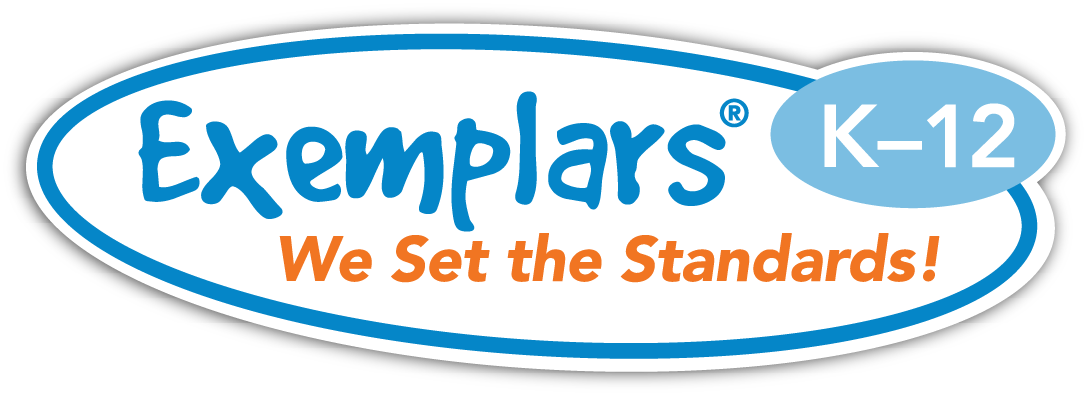The Power of “Turn and Talks” for Math
Written By: Jacqueline Marquina, Second Grade Teacher, NYC
Do you have ELLs or ENLs in your classroom? Do you struggle to engage all students during problem-solving? If you answered “yes” to any of these questions, then you are in the right place! Turn & Talks can be effective in all your lessons, but for this post, I will focus on problem-solving math tasks in which you will be able to engage all students, especially ELLs or ENLs.
My school is currently using the “Exemplars” program for math problem-solving. This resource is a supplement to the current math curriculum we have. The Exemplars program is fantastic because it provides a Library of problem-solving tasks that you can look up by skill/standards you want to target for your lesson/small group. I love that they have translated their tasks into Spanish as well, which is perfect for ELLs or dual-language classrooms such as mine.
Let’s get started!
- Choose a problem-solving task you want to unpack with the class.
When starting this kind of critical thinking work in math I like to choose a problem-solving task that targets a skill my students already have mastered. This will make it less intimidating and more accessible to students. This way, you can focus on problem solving over teaching a math concept/skill they haven’t learned yet. You can write the Exemplars task on a chart or display on the smartboard like this: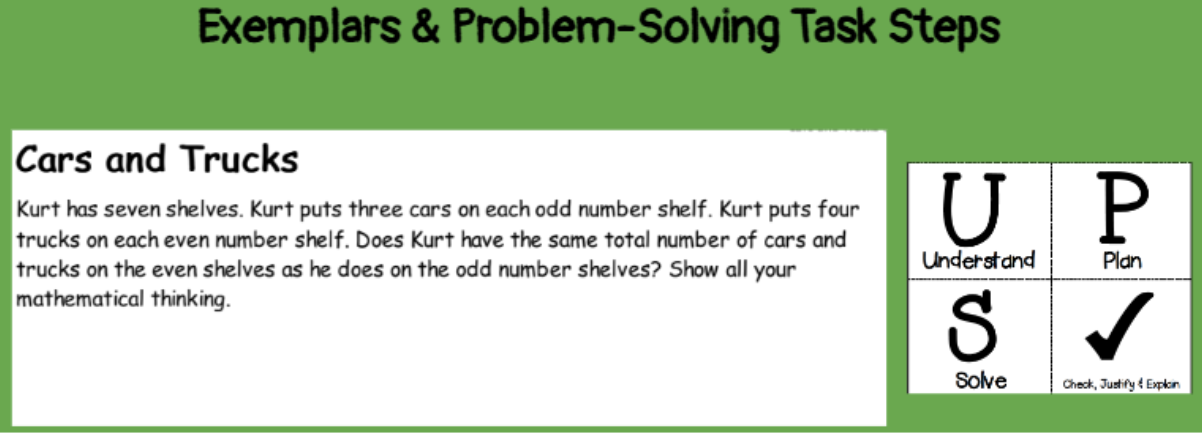
Choose a problem-solving process for your students to refer to.
Alongside the Exemplars task I display the “UPS Check” chart.
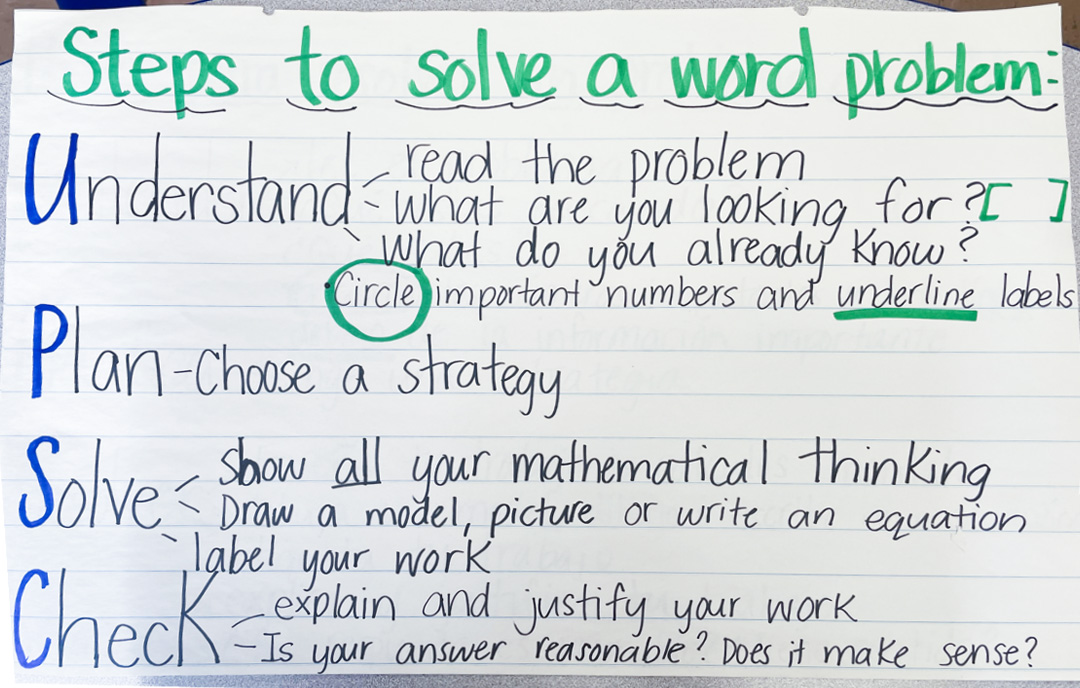
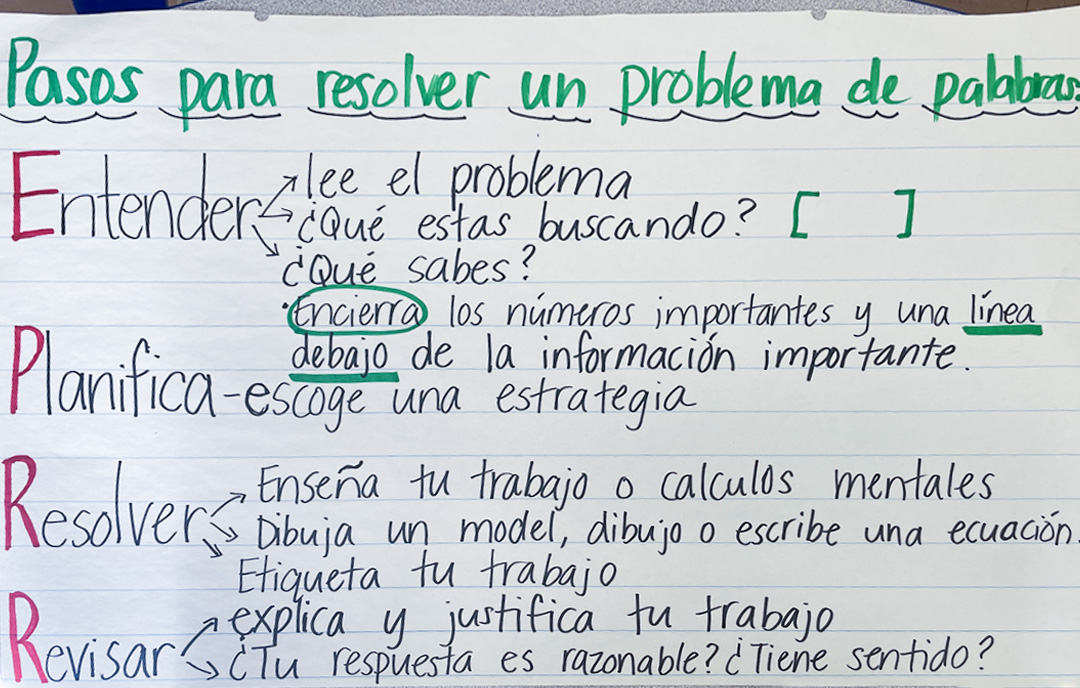
I use this particular process because it is used at my school through grades 3-5. As a second-grade teacher, we introduce it in 2nd grade prior to state test-taking grades.
Understand & Plan
I go over the steps outlined in Step 1: “Understand.” I make my annotations on the chart/smartboard. I prompt students into what it will look like to answer the question before solving it. We use the question from the problem to form an answer. Example below:
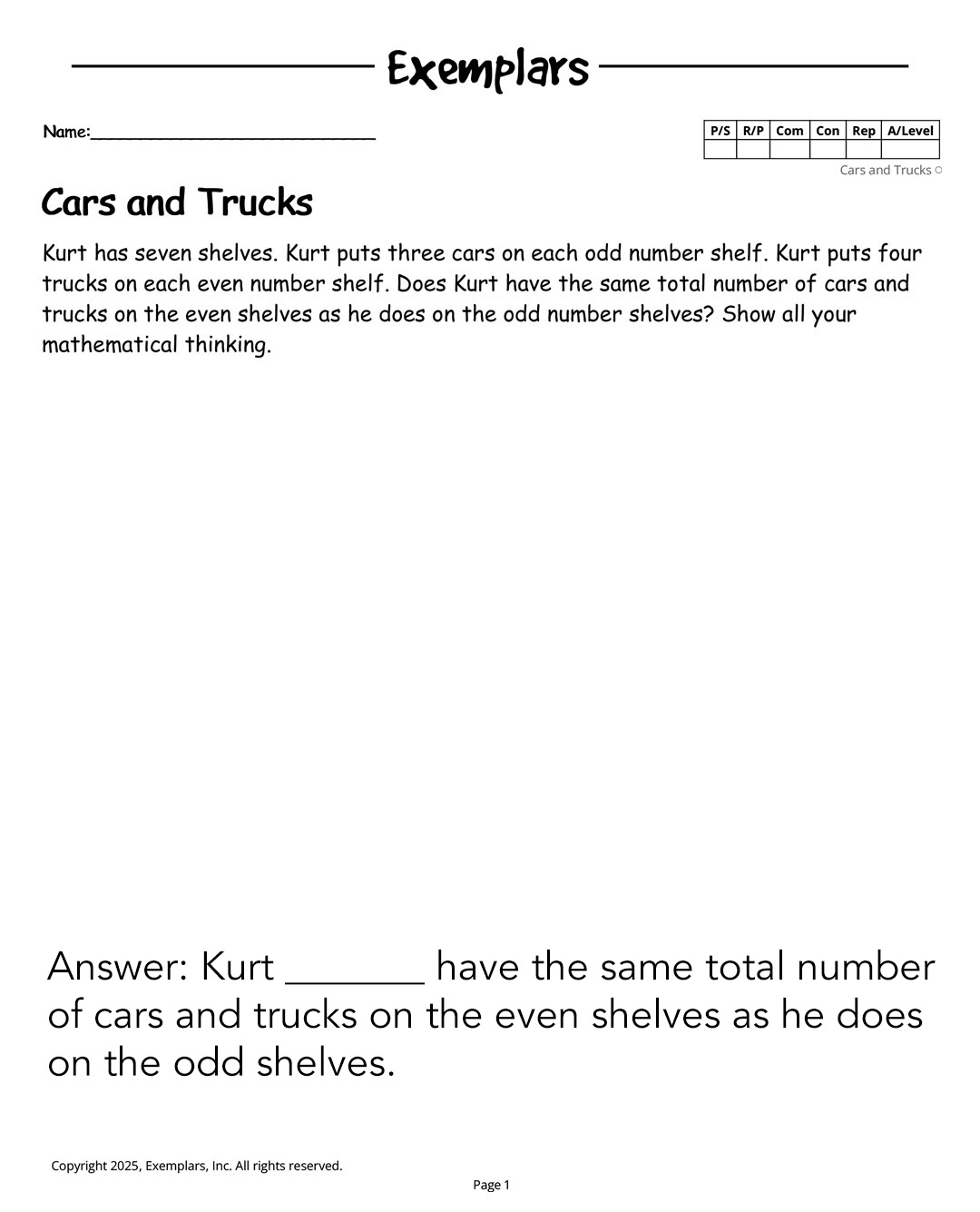
The next step of our school’s process is to “Plan” (Step 2). In this step, students need to pick a strategy that will best solve the problem. As a scaffold, I display some options that they can choose from. Here is an example of what I use at the beginning of the year. You can print out copies for students who need them, and they can use/hold them when planning.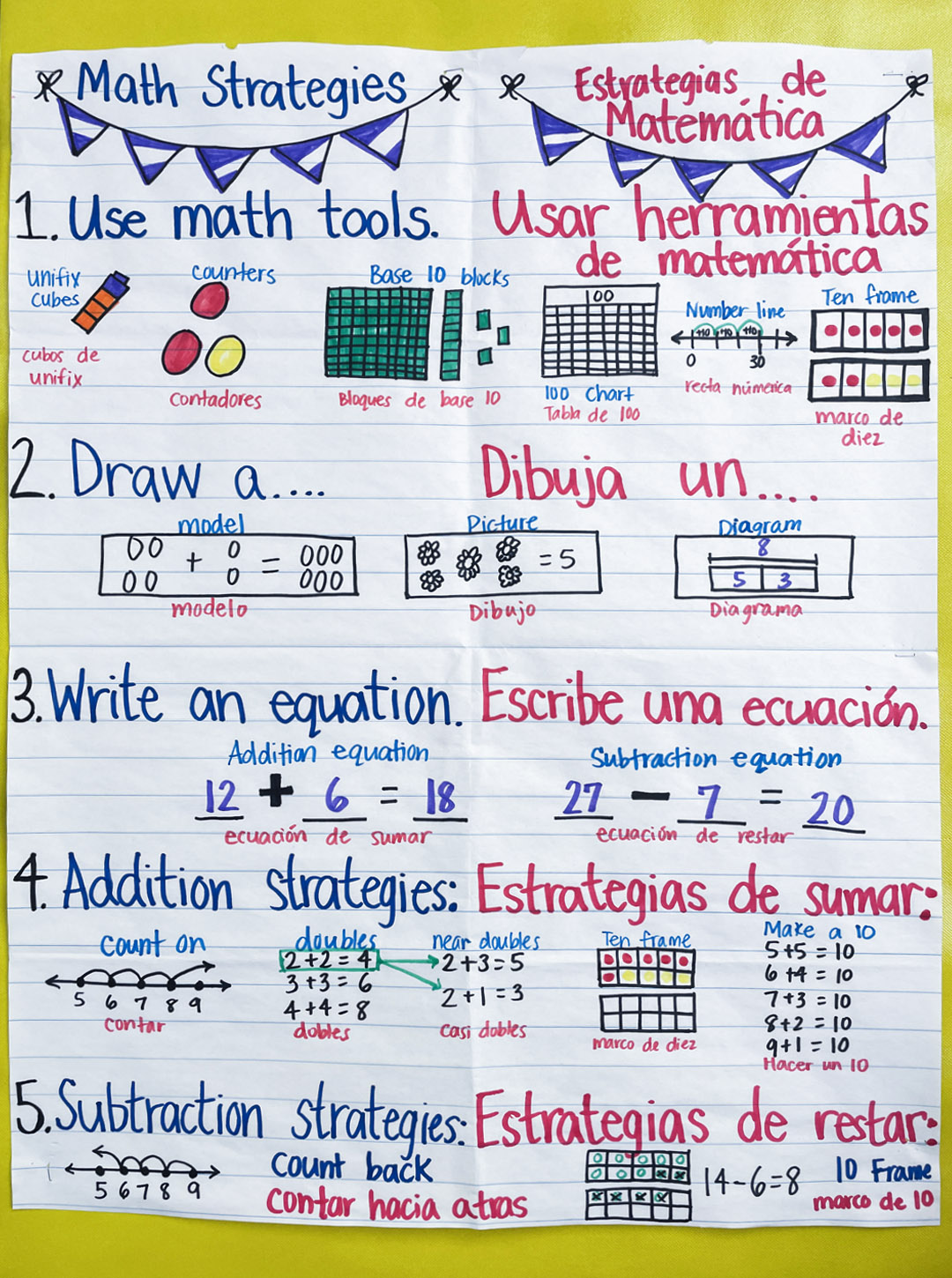
I also start a discussion about the meaning of efficiency and how we can apply that in math. This is to prepare them for the next part, which is “Turn & Talks.”The power of Turn & Talk
Here is where we see the power of Turn & Talks! Turn & Talks can be intentional in partnerships and Turn & Talks. Something you want to think about before starting this lesson is who you should partner students with. I like to partner students in heterogeneous pairs. That way, ELLs are paired with someone with a stronger vocabulary (in English or Spanish Language). We want to engage all students and encourage the use of math vocabulary, or as we call them in my class, “expert words.” I also want to give students who need more time to exchange ideas with a partner before deciding on what to do when they go off to work independently.
After discussing with the class how efficiency can be applied to problem-solving tasks, I ask them the following questions before working with a partner: Which strategy would you use for this problem? Which would be the most efficient?
T&T time!! I say: “Turn and Talk to your partner about the strategy you will use and how you think it will be efficient.”
As the facilitator, I will move around the rug area/group to monitor their discussions and take note of a common strategy, if students change their minds during their turn and talk and if anyone is still stuck. After we regroup back to a whole-class discussion, I like to survey the different strategies they discussed. I write down the strategies they call out. I use this information later in the lesson during share outs so that I pick one student for each different strategy. If the class is still stuck deciding on a strategy you can zoom in on 2-3 they can choose from.
Many times, students are unsure if they choose the best strategy and may become less confident in using their problem-solving skills independently. Turn and Talks have helped with the planning process because it gives students an opportunity to exchange ideas. Through their exchange they explain why the strategy they chose will be best and/or discuss how they might want to use their partner's strategy instead. I encourage students that if they want to change their mind they still can before starting to solve and even during Step 3: Solve.
After the Turn & Talks exchange, they go off to solve the Exemplars task independently.
